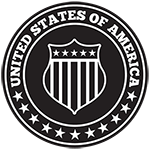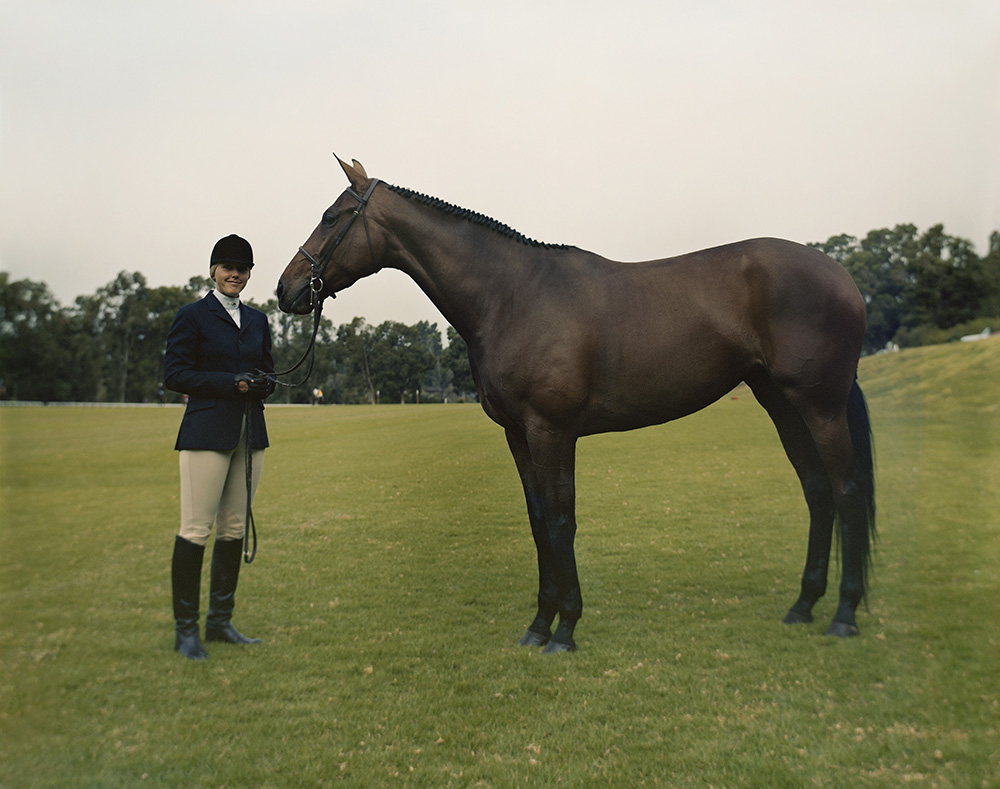Breeding world champion horses demands precision, patience, and unparalleled expertise. Success in this field is never accidental but the result of careful planning, proven techniques, and a deep understanding of bloodlines. For equestrian specialists creating balance is essential as is temperament and instinct.
This combination sets elite horses apart from the rest. Champion horse trainer Cherrie Ann Pavao explores the strategies and knowledge that drive excellence in horse breeding, unlocking the secrets behind champions that dominate the arena.
Understanding Horse Breeding
Breeding champion horses requires a foundation in science, experience, and an appreciation for equine pedigrees. When striving to create future champions, every decision matters. Genetics plays a leading role in determining a horse’s ability to excel.
“Traits like speed, strength, agility, and temperament are inherited, often dictated by generations of selective breeding,” says Cherrie Ann Pavao. “Breeders analyze bloodlines carefully, focusing on parents and ancestors that have consistently demonstrated superior performance.”
Certain genes directly impact specific qualities. Even temperament, a critical factor for any equestrian sport, can often be traced through a horse’s lineage. A calm yet responsive demeanor is as much a genetic gift as an innate ability to maneuver at high speeds.
The complexity of combining desirable traits while avoiding genetic health risks requires deep expertise. Flawed pairings can lead to conformation issues or undesirable temperaments. Breeding is not simply matching two successful horses.
The methods used in horse breeding have evolved alongside veterinary practices and technology. Two of the most common approaches are natural breeding and artificial insemination. Each has distinct advantages and is selected based on the breeder’s goals and the health of the animals involved.
Natural breeding is the most traditional method. It involves direct contact between the mare and stallion. This technique is often preferred for its simplicity and for ensuring a higher conception rate. However, it requires careful monitoring to protect both animals and ensure safety during the process. Transport logistics can be challenging if the chosen stallion is far away.
Artificial insemination provides flexibility and reduces physical risks. Stallions can donate semen, which is then preserved, shipped, and used to inseminate mares worldwide. This method opens access to genetic material from champion stallions without geographic limitations. It also allows for more precise timing of the breeding process, improving efficiency. Though artificial insemination can be more costly and labor-intensive, its benefits often outweigh these considerations for elite breeding programs.
Both approaches have a place in modern breeding. The decision often depends on factors like the availability of the stallion, the breeder’s resources, and specific goals for the foal. Whichever method is chosen, the priority remains the same: producing healthy, well-bred horses capable of excelling in their chosen discipline.
Selecting Breeding Stock
Choosing the right breeding stock is crucial in the journey to produce world champion horses. The selection process demands a careful balance of research, observation, and instinct. Breeders must focus on both measurable qualities and intangible factors to ensure the next generation inherits the traits needed for success.
With the right foundation, these efforts can yield foals that exhibit exceptional performance, soundness, and temperament. Evaluating a horse’s performance history offers meaningful insight into its potential as breeding stock. A proven record of success in competition is one of the clearest indicators of desirable traits like athleticism, stamina, and trainability.
Breeders often prioritize horses with consistent results across multiple events, as this demonstrates both talent and resilience under pressure. The context of performance is equally important. Achievements should be weighed against the competition’s level, event type, and conditions.
“Ultimately, an impressive record is only part of the story,” notes Pavao. “Its correlation with overall health and longevity is equally critical.”
Physical characteristics cannot be overlooked when selecting breeding horses. Ideal conformation ensures functionality, durability, and efficiency of movement. Horses with strong, well-proportioned builds are better equipped to carry out demanding activities without succumbing to avoidable injuries or strain.
Key points of conformation include a symmetrical frame, straight legs, a deep chest, and strong, defined muscles. Pay close attention to the horse’s gait, as fluid movement typically points to structural soundness. A good topline, which refers to the alignment of the back and neck, plays a significant role in balance and athletic capacity. Poor posture or uneven angles in the body may limit performance potential, regardless of other strengths.
Smaller details often set champions apart. Alert, expressive eyes and a responsive demeanor signal intelligence and willingness to work—two traits crucial for elite sports. Hoof quality should also be high, as solid, well-shaped hooves are the foundation for long-term soundness. Every feature contributes to an overall package that supports endurance, precision, and power.
Training and Development
Proper training and development shape a young horse’s potential, turning natural ability into refined skill. The journey from a foal to a world-class competitor starts with the right foundation. Breeders and trainers understand that consistent effort, tailored methods, and attention to detail make all the difference. Training builds physical strength while molding a horse’s temperament and responsiveness, ensuring it can handle the demands of elite competition.
The first stages of a horse’s training set the stage for lifelong performance. By the time a foal is a few months old, basic handling practices begin. These early interactions are critical for fostering trust and reducing fear in human-horse relationships. Simple routines such as haltering, leading, and grooming teach young horses to accept and respond to human guidance.
As the horse matures, groundwork becomes the focus. Exercises like lunging help introduce basic commands while building strength, balance, and coordination. Consistency is key in these early stages. Repetition, combined with positive reinforcement, ensures young horses understand expectations without feeling overwhelmed. Patience is more important than speed during this process.
“Once the horse reaches an appropriate age, saddle training and light riding may commence. This step increases its familiarity with tack and the movements required for more advanced training later,” says Pavao.
Trainers proceed gradually, always keeping the horse’s physical maturity and mental readiness in mind. Pushing too hard at this stage can result in lasting setbacks. Instead, a balanced approach ensures the horse’s confidence and enthusiasm for learning are maintained.
A champion horse cannot succeed without the right nutrition and care. A well-balanced diet supports growth, bone development, and muscle formation. In young horses, proper nutrition is especially critical. It helps prevent structural weaknesses that could limit future athletic performance.
By combining proper training techniques with comprehensive care, breeders create an environment where young horses can thrive. These basics form the groundwork for the rigorous demands of advanced training and competition, ensuring each horse has the tools it needs to rise to the top.
Breeding world champion horses demands a rare combination of strategy, skill, and unwavering attention to detail. Genetics, physical traits, and expert training all play critical roles, but success ultimately hinges on the breeder’s ability to make informed decisions at every step.
Equestrian specialists stress the importance of long-term planning and adaptability in an industry where outcomes are never guaranteed. By combining practical techniques, advanced technology, and a commitment to continuous improvement, breeders can create horses that excel on the global stage.






